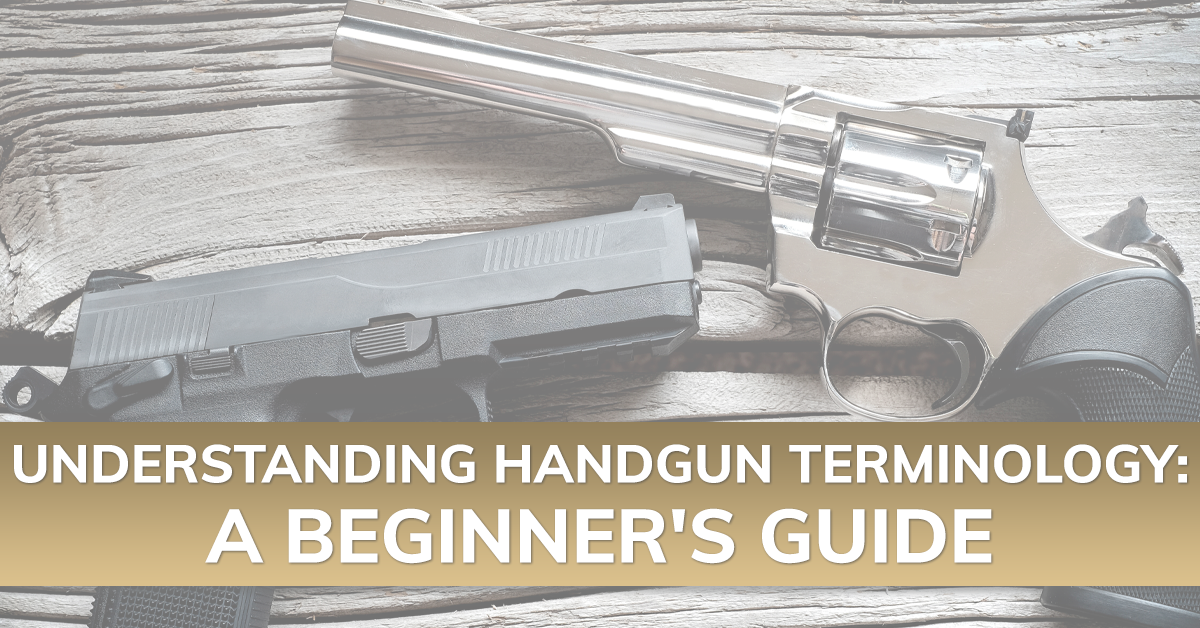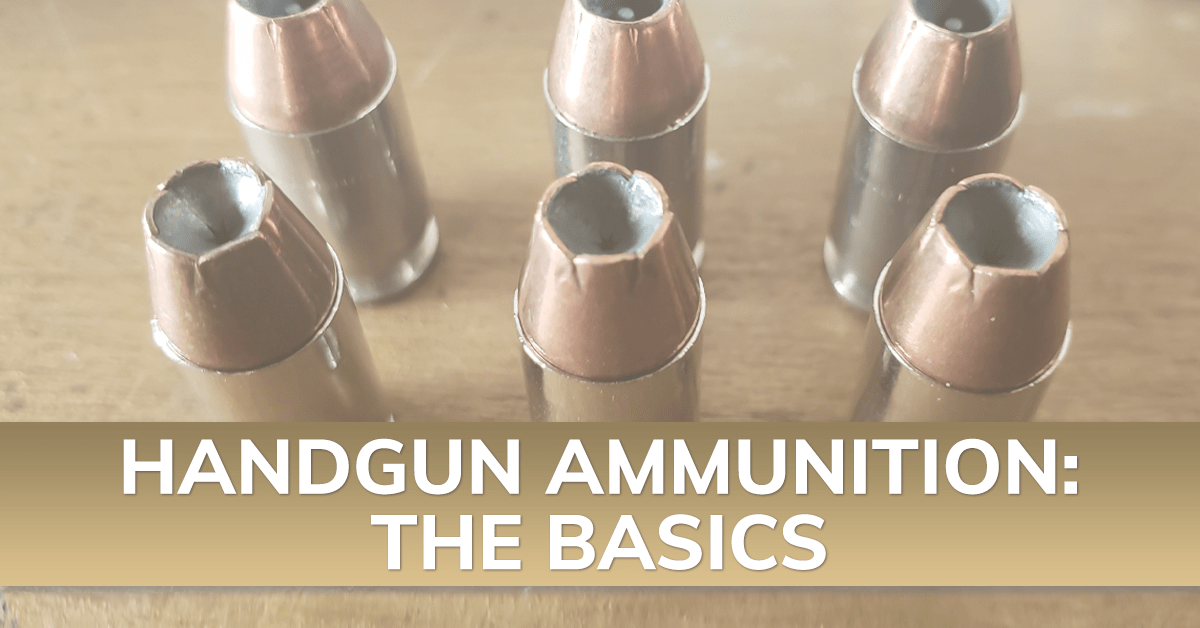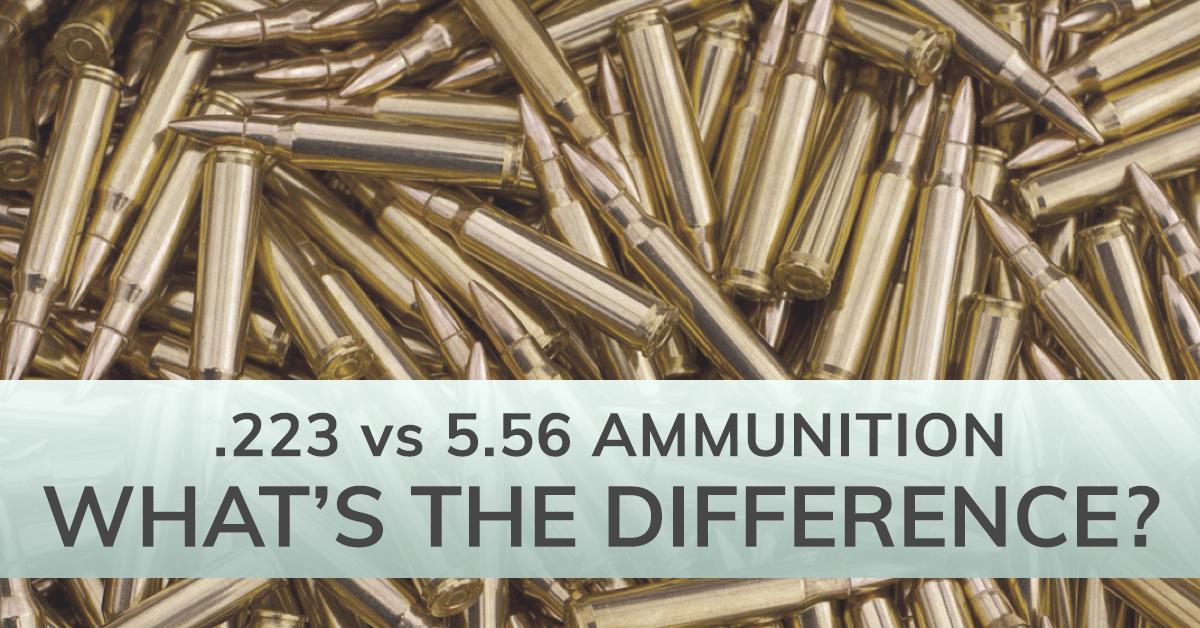Your Cart is Empty
Orders Over $100 Ship FREE (USA)!
Orders Over $100 Ship FREE (USA)!
CONCEALED CARRY
(Apparel with holster pockets or concealed-carry features)
(Apparel with holster pockets or concealed-carry features)
PARTS & GEAR
RANGE STYLE
Gift shopping & not sure about size or style? Give a gift card instead!
Gift shopping & not sure about size or style? Give a gift card instead!
GIFT IDEAS
The entire site is full of products that make great gifts, so browse all of our collections! Still not sure? Give a gift card!
The entire site is full of products that make great gifts, so browse all of our collections! Still not sure? Give a gift card!
EXPLORE
Double Action or Single Action – What Does That Mean?
3 min read
When you are standing at the display counter at your favorite gun store or gun show, the salesperson is likely to ask you if you’re looking for a single action or double action firearm.
Are you prepared to answer that question? It's important to know the answer! There's no need to panic - we've got you covered. Here's a guide to understanding the differences between single and double action.
What Does "Action" Mean?
Let’s start out by defining exactly what is meant by the term “action.” The action of a handgun is the mechanism involved with presenting the cartridge for firing, and in removing the spent casing and introducing a fresh cartridge. In other words, the action of a handgun is the collection of moving, mechanical parts that make your handgun go bang. Typically when discussing handguns, the choices are either single action or double action.
Double Action Handgun
For a double action only (DAO) firearm, the mechanical parts perform two functions each time the trigger is pulled. The trigger both cocks the hammer (or striker) of the firearm which prepares for the actual firing to take place and then fires the handgun. For each single trigger pull, the gun is performing two actions, and that's why it's called “double” action.
One of the most noticeable characteristics of a double action handgun is the very long, and in some cases, very heavy trigger pull. Because the trigger pull is long and heavy, the argument exists that double action handguns are more difficult to be accurate with than single action handguns.
Some new shooters see the double action as a safety feature - since the trigger is more difficult to pull, the argument is that they will not accidentally fire the handgun before they are ready. Both the accuracy argument and the accidental discharge argument do not take into account the amount of training and practice the shooter engages in to improve or maintain the skillset.
Single Action Handgun
 With single action handguns (SA), pulling the trigger performs only one function. The hammer or the striker moves and fires the gun when the shooter pulls the trigger. So how does the handgun get cocked? In the case of a single action revolver, the hammer must be cocked by the shooter before each shot. But in a single action semi-automatic handgun, the firearm is cocked when the slide is racked and the recoil and slide movement automatically cock the firearm for each subsequent shot.
With single action handguns (SA), pulling the trigger performs only one function. The hammer or the striker moves and fires the gun when the shooter pulls the trigger. So how does the handgun get cocked? In the case of a single action revolver, the hammer must be cocked by the shooter before each shot. But in a single action semi-automatic handgun, the firearm is cocked when the slide is racked and the recoil and slide movement automatically cock the firearm for each subsequent shot.
Because the firearm is only performing one function, dropping the hammer or striker, with each shot, the trigger pulls on single action firearms are normally lighter and smoother. Some experts note that this makes it easier to be accurate with a single action firearm because it’s less likely the shooter will inadvertently move the muzzle during a trigger pull.
Both Double Action and Single Action
 There are some handguns that are considered to be DA/SA meaning during the first shot, the trigger pull both cocks and fires the firearm, but in subsequent shots, the slide traveling rearward during recoil does that. So the first shot in a magazine is double action but the rest are single action. In firearms such as this, the trigger pull will feel different between the first and the remainder of the shots. The first pull will be typical for double action - long and a bit heavier, but then the next trigger pull will be shorter and smoother. For a new shooter without much experience and practice, the difference can be a bit confusing.
There are some handguns that are considered to be DA/SA meaning during the first shot, the trigger pull both cocks and fires the firearm, but in subsequent shots, the slide traveling rearward during recoil does that. So the first shot in a magazine is double action but the rest are single action. In firearms such as this, the trigger pull will feel different between the first and the remainder of the shots. The first pull will be typical for double action - long and a bit heavier, but then the next trigger pull will be shorter and smoother. For a new shooter without much experience and practice, the difference can be a bit confusing.
Wrapping it Up
For a new shooter or someone looking to purchase their first gun (or even subsequent guns), double action or single action makes a difference. This is one example of why it is important to try out a handgun before you decide to buy it. It may feel great in your hand, but the trigger pull, especially the longer double action trigger pull, might make shooting it uncomfortable.
When you are shopping for a handgun, ask the salesperson what type of action it has, whether it is single action, double action, or a combination of the two. This will give you an idea of the ease of pulling the trigger. Each type has advantages and disadvantages and you will need to determine which type is best for your situation.
If you're still confused about the differences between double action and single action, get in touch with us so we can help!
Also in Getting Started: How Guns and Ammunition Work

Understanding Handgun Terminology: A Beginner's Guide
4 min read
Whether you're a new handgun owner or looking to enhance your knowledge, our guide to basic handgun terminology will help you get smarter.
Read More
Handgun Ammunition: The Basics
4 min read
Get a breakdown of the most popular types of handgun ammunition, along with their most common applications.
Read More
.223 vs. 5.56 Ammunition - What's the Difference?
3 min read
If you have recently purchased an AR-15 or other rifle to add to your collection, you may not know what type of ammunition you can use. .223 seems to be the most common ammo for an AR, but you may have also heard that 5.56 may be used as well. How reliable is that information?
Read More